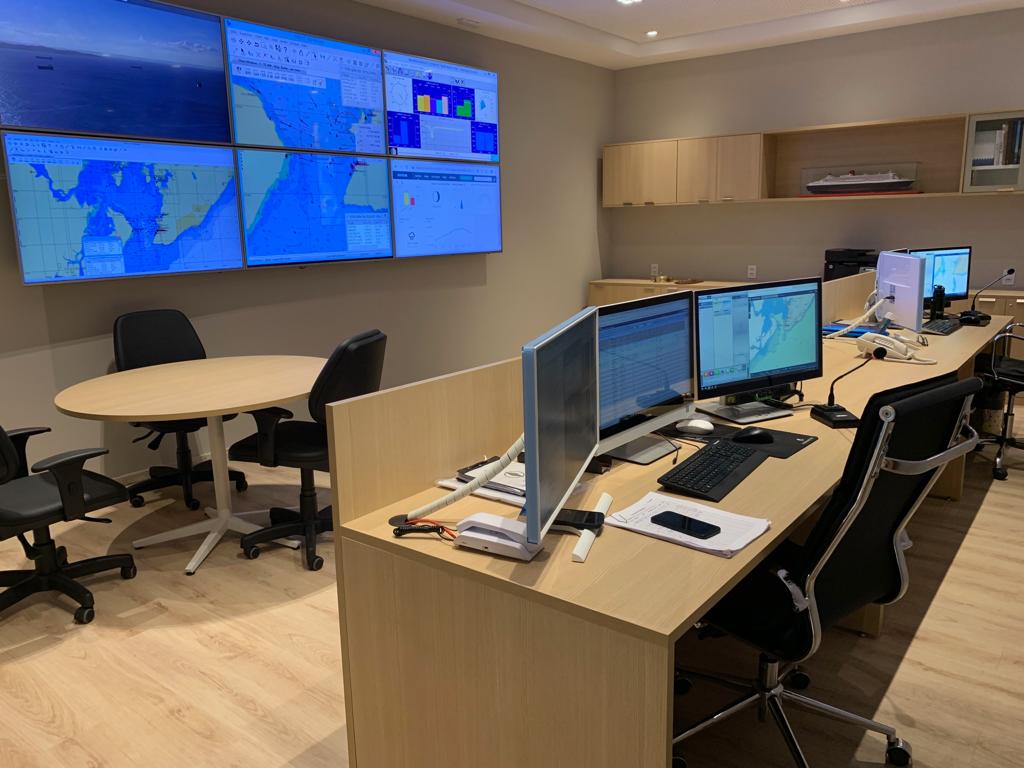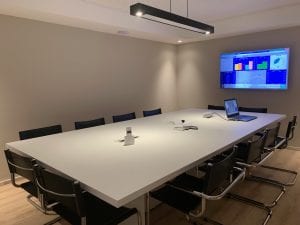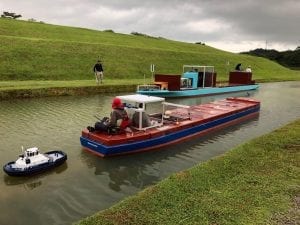Structure

The company Bahia Pilots was founded on September 23, 2005. It is currently composed of 27 pilots, approved in a selective process organized by the Brazilian Navy, that operates in the Bay of All Saints, attending orders for maneuvers of ships, platforms and rafts which travel within it in demand to the various anchors, ports and terminals.

The company is located in the most modern marina in Salvador, Bahia Marina, and its physical facilities offer a safe and excellent working environment. The Bahia Pilots has 04 boats for boarding and transporting pilots to and from the pilot station. In addition to the equipment required by the Navy’s safety standards, all boats have AIS, which facilitates the operational control of the vessels carried out by the pilot station, as well as the fast, accurate and safe identification of all the vessels inside of the bay. As a managerial facilitator, boats receive information from the company’s operating system that allows the pilots to know, in advance, the maneuvers to be performed and all the characteristics of the ships.
Training

Bahia Pilots is constantly promoting courses such as training in manned models at the Training Center for Maneuvering with Scale Vessels (CMBE) of the Center for Simulation, Research and Maritime Development (SIDMAR), institution responsible for training and qualification of the Pilots operating in the Canal do Panama. The intention is to improve the technical skills of the professionals so that they can safely maneuver the new generation of container ships of 14,000 TEUs and up to 366m in length.
Other pilots also do similar training at the Maritime Institute of Technology and Graduate Studies (MITAGS) and the Pacific Maritime Institute (PMI), which provides more comprehensive theoretical and pilot maritime training programs approved by the US Coast Guard United States (USCG).

In addition PORT REVEL, which would be a training in scale models, provides an experience that could never be obtained in real ships for the simple reason that neither shipowners nor local authorities would allow such risks to be taken. Scale models allow the ship’s manipulator to make mistakes.
The purpose of the ATPR is to enable the pilots to develop emergency skills to restore the best conditions for maneuverability and governability of the vessel in shallow waters, in specific cases of failures presented by the Footbridge instruments, and to improve the exchange of information with the Commander of the management of these Pilot Exchange (MPX) features, especially in critical situations; and recognize idiomatic, cultural, psychological, and physiological obstacles that impede effective communication and interaction, and improve techniques to overcome them.
Bahia Pilots invests in the training courses of the Pilots and with this, the provision of a high level of technical quality service is being fulfilled, guaranteeing the safety of the waterway traffic and the port facilities of the State.
